
Set free your senses, and explore coastal Alabama's Bon Secour National Wildlife Refuge.
Whether you're vacationing along the spectacular beaches of Gulf Shores and Orange Beach or simply passing through on a day trip, Bon Secour National Wildlife Refuge offers a welcome break from the crowds and reminds visitors of the coast as it once existed.
Derived from the French translation for "safe harbor," this 7,000-acre natural habitat is a quiet refuge for the migratory birds, Alabama beach mice, nesting sea turtles, raccoons, opossums, red fox, bobcats, amphibians, and reptiles it protects. Free to the public and open daily from sunrise to sunset, the sanctuary is located on the Fort Morgan peninsula just west of Gulf Shores and comprises the last large parcel of undeveloped accessible land on the Alabama coast.
When visiting, take time to discover different habitats, including beach, scrub dunes, fresh and saltwater marshes, maritime forest, and open freshwater. And whether you're up for meandering the one-mile Jeff Friend Trail loop or hiking the more rigorous four-mile Pine Beach Trail, maps available at the refuge visitor center will point you in the right direction.
Among the 100,000 visitors that flock to Bon Secour each year are bird lovers attracted by the 370 species of feathered friends found here, including the bald eagle, peregrine falcon, and a wide variety of hummingbirds, osprey, and heron. A two-story observation tower at the Gator Lake/Little Lagoon intersection is a great place to stop and do a little bird watching. And, as one of the stops along the Alabama Coastal Birding Trail, the refuge provides vital year-round habitat for migrating birds as they journey to nesting grounds in North America in spring and make their way south to lower Florida, the Caribbean, and Central and South America for the winter. Birders planning an autumn visit to the area shouldn't miss the Alabama Coastal Bird Fest featuring presentations and exhibits by notable ornithologists, or the community-led migratory bird-banding exercise.
The coastal sand dunes and sea oats within the Bon Secour National Wildlife Refuge also shelter the endangered Alabama beach mouse, found exclusively along Alabama's coast. These flaxen-furred creatures collect and distribute seeds which grow into plants that help stabilize the dunes, making them an important part of the ecosystem. As victims of residential and commercial coastal development, as well as erosion caused by hurricanes and tropical storms, the refuge is working to balance their declining numbers.
During the summer months, the refuge and other area beaches share the coastline with endangered loggerhead, Kemp's ridley, green, and leatherback sea turtles looking for a safe place to build their nests. Human development on turtle nesting beaches, illegal slaughtering for food and consumer products, egg harvesting, and marine entrapment are to blame for their shrinking populations. Awareness and conservation strategies to protect these reptiles include on-site nest monitoring and protection through Share the Beach, a volunteer program organized to protect nesting sea turtles and their habitat. As a result, nearly all sea turtles that hatch on Alabama beaches now make it to the Gulf. Also beneficial to Alabama's protection efforts is Adopt-A-Nest, an educational way to show your turtle support. All adopting sponsors receive a certificate and information about the turtles' nests, along with a final report on the overall season.
After visiting this unique wildlife refuge, consider extending your involvement with the delicate coastal ecosystem by joining forces with like-minded citizens. The Friends of Bon Secour is a group of people from all over the United States who share a love of nature and an interest in improving the refuge and increasing its wildlife population. Or donate your time during the 22nd annual Alabama Coastal Cleanup, a September event that helps safeguard the future of Alabama's waterways and native wildlife by removing trash and debris from the coastline.
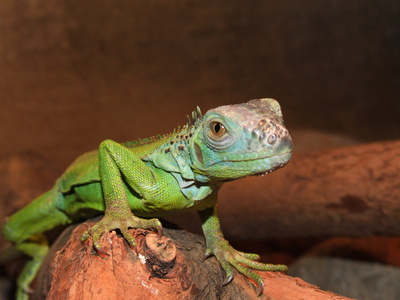 What Are the Major Characteristics of Reptiles?
What Are the Major Characteristics of Reptiles
What Are the Major Characteristics of Reptiles?
What Are the Major Characteristics of Reptiles
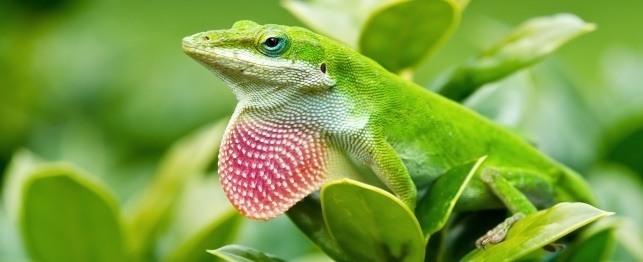 Choosing a Green Anole
Choosing a Green Anole
Choosing a Green Anole
Choosing a Green Anole
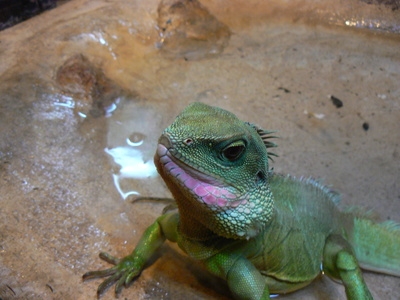 Homemade Reptile Egg Incubator
Homemade Reptile Egg Incubator
Homemad
Homemade Reptile Egg Incubator
Homemade Reptile Egg Incubator
Homemad
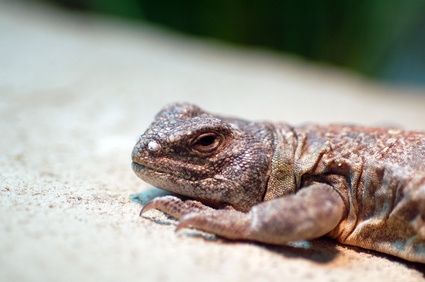 Fluker's Clamp Light Instructions
Fluker's Clamp Light Instructions
Fluker's Clamp Light Instructions
Fluker's Clamp Light Instructions
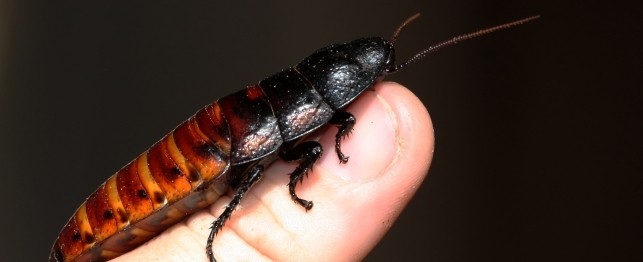 Unusual Pets - The Hissing Cockroach
Unusual Pets - The Hissing Cockroach
Unusual Pets - The Hissing Cockroach
Unusual Pets - The Hissing Cockroach
Copyright © 2005-2016 Pet Information All Rights Reserved
Contact us: www162date@outlook.com